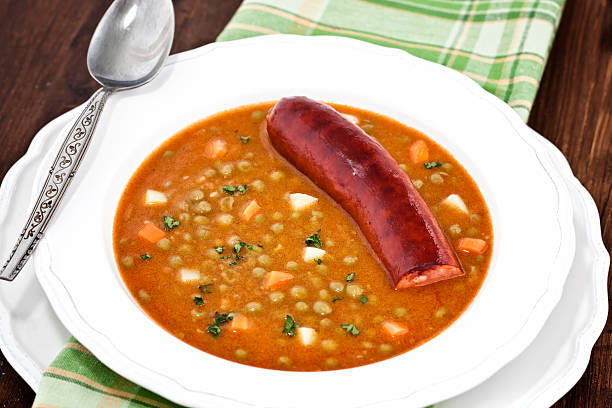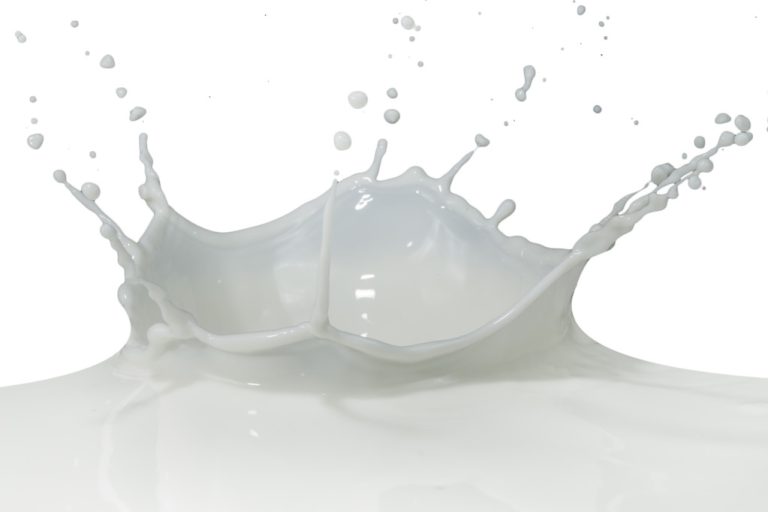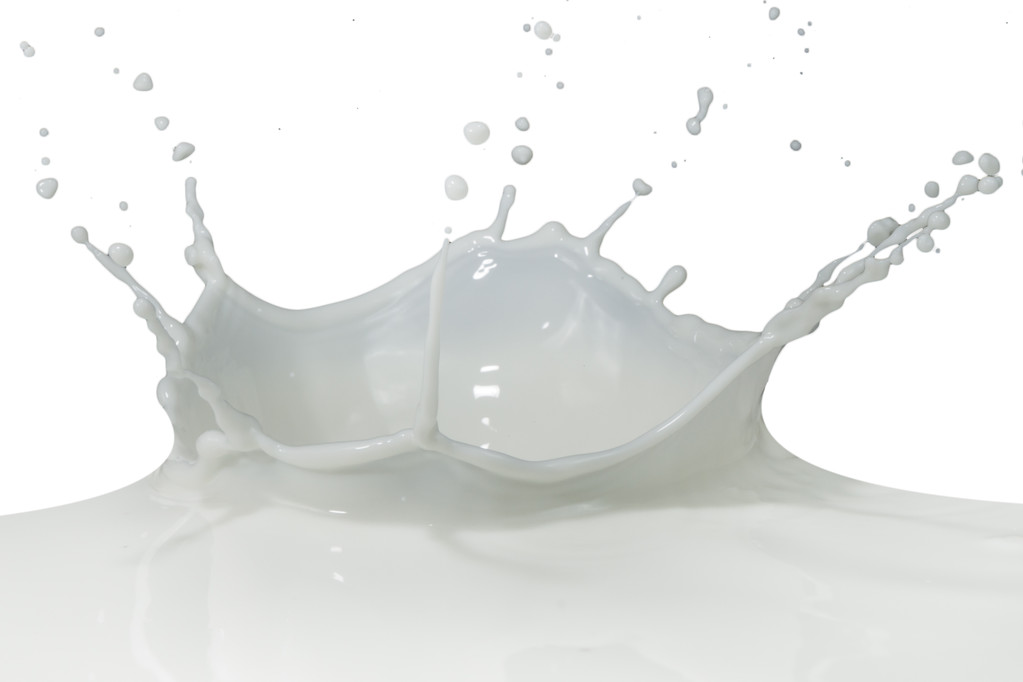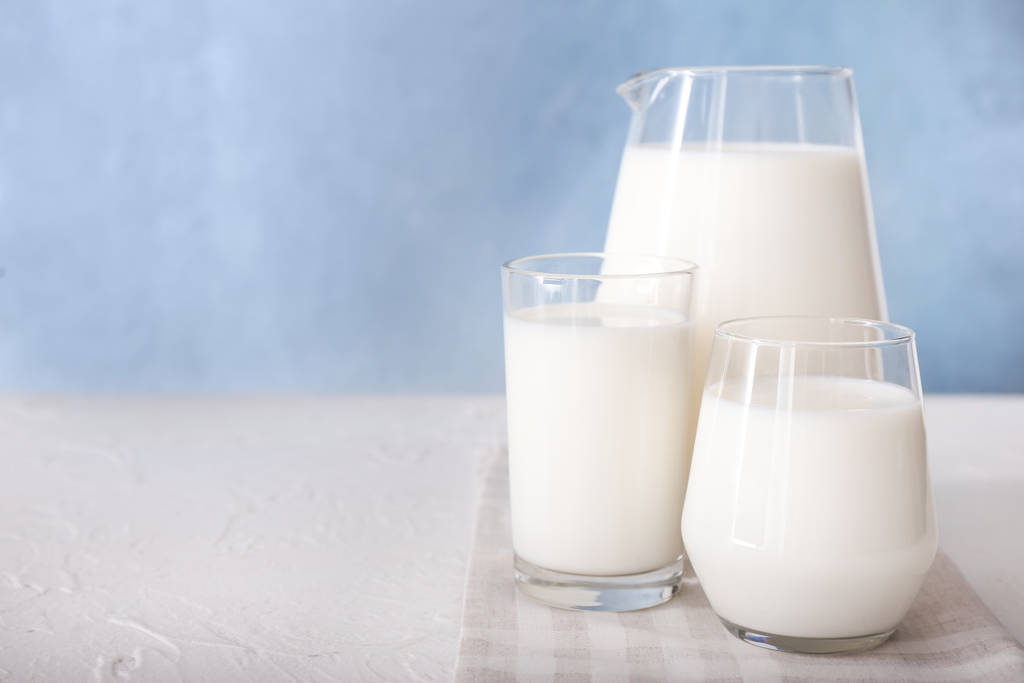The pea soup with salmon rolls is ideal as a starter is inexpensive and quick, and easy to prepare. Dinner should always consist of at least three courses. It is often more difficult to find a suitable and tasty starter than a main course. The pea soup with salmon rolls is a timeless starter and impresses with its simplicity and taste. Therefore, they are ideal as a local starter dish to serve with almost any local main course. Due to its simplicity, it is good, cheap, quick to cook, and also suitable for beginners.

Ingredients for 4 persons
– 300g young peas (frozen)
– 50 ml of white wine
– 100 g smoked salmon
– 200g cream
– 50g pine nuts
– 1 medium onion
– 1/8 liter of vegetable broth
– Table horseradish
– Salt
– Cayenne pepper
– Nutmeg
– chives
Preparation of the pea soup
As a first step, peel the onion and cut it into small cubes. Then heat some oil or frying fat in a saucepan and add the onion pieces until they are translucent. Next, stir about a teaspoon of vegetable stock into 1/8 liter of warm water and add it to the onions in the pot. Let the whole thing boil up briefly and add the young peas, let it boil up again briefly, and then add half the cream. It is important that you take the pot off the stove and puree the amount well. Then add the white wine and boil the mixture again. Then add the rest of the cream and season with salt, cayenne pepper, and nutmeg to taste. If you don’t like it that spicy, you can use regular pepper instead of cayenne pepper.
To round it all off, heat some oil in a pan and roast the pine nuts, which you then add to the soup.
Preparation of the salmon rolls
Cut the salmon into strips depending on how big you want your rolls to be. It is advisable to choose the size of the rolls in appetizer size since you do not need any additional cutlery to cut the rolls afterward. Spread a thin layer of horseradish on the salmon strips and roll them into a roll. To give the whole thing a hold, tie the rolls together with the chives.

Useful additional knowledge
It is best to serve the soup in a preheated deep plate or cup, as the soup cools down quickly. You should also serve the salmon rolls on the edge of the plate or on an extra plate, as if you put them in the soup, they can fall apart more quickly and the horseradish can drown out the taste of the soup.







